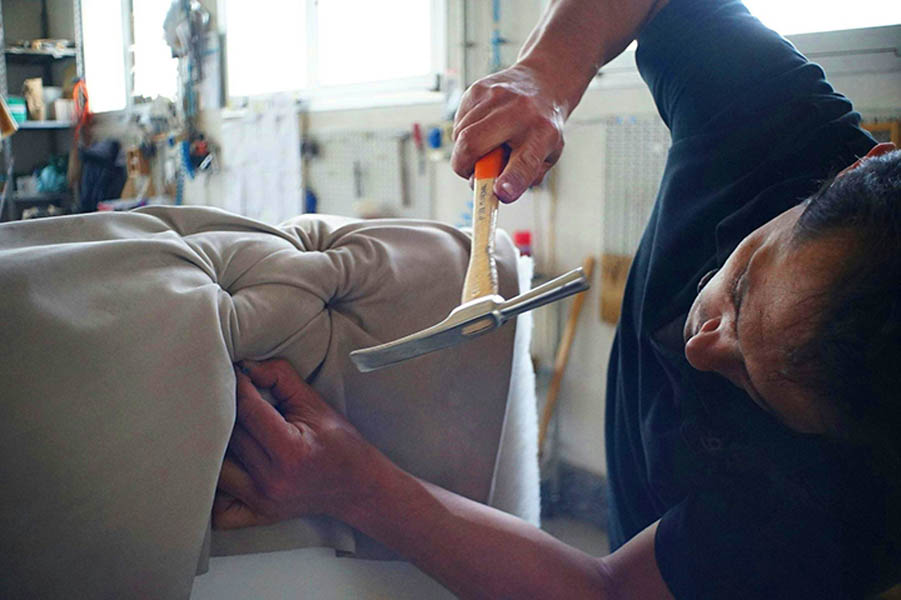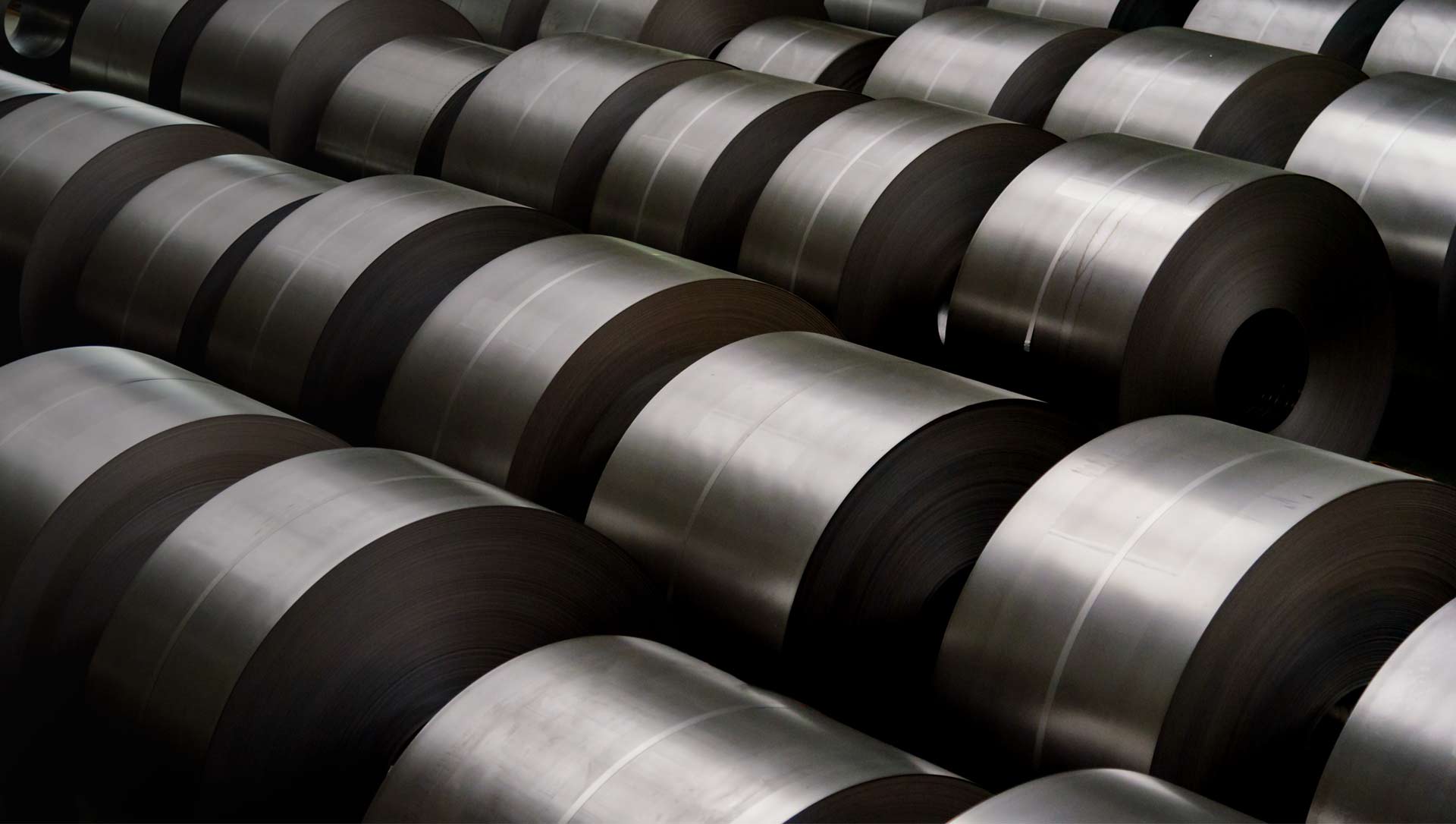
Keep Your Upholstery Tools Sharp – A Pro’s Guide to Maintenance
Your upholstery tools are your lifeline. They slice, stitch, and shape your vision into reality. But no matter how high-quality your tools are, they need care to perform at their best. Neglect them, and you’ll face dull blades, uneven cuts, and a lot of frustration. Proper maintenance isn’t just about preserving your tools—it’s about enhancing your craft.
Clean Your Tools After Every Use
Dust, fabric fibers, and adhesive residues can accumulate on your tools, dulling their performance. Regular cleaning is the first step in tool maintenance.
Use a soft cloth to wipe down scissors, knives, and staple guns after each project. For adhesive or residue buildup, a small amount of rubbing alcohol on a cloth works wonders. Don’t forget to clean the nooks and crannies of your tools, especially moving parts like punches and groovers. Keeping your tools clean ensures they stay efficient and precise.
Sharpen Blades for Precision
Dull blades are the enemy of clean cuts and crisp edges. They tear through material instead of slicing, leaving your work looking rough and unpolished.
Sharpen knives and scissors regularly using a fine-grit whetstone or sharpening tool. For extra refinement, finish with a leather strop to polish the edge. If you use rotary cutters, replace the blades as soon as you notice resistance or jagged cuts. Sharpening isn’t just about restoring function—it’s about preserving the artistry in every cut.
Lubricate Moving Parts
Upholstery tools like staple guns and hole punches rely on smooth mechanics to function properly. Over time, friction can wear down these moving parts, making them sluggish or prone to jamming.
Apply a light machine oil to hinges, springs, and other moving components. Be sparing—too much oil can attract dust and gunk. Make lubrication a part of your regular maintenance routine, especially for tools that see heavy use. Smooth operation means faster, more accurate results.
Protect Against Rust and Corrosion
Metal tools are vulnerable to rust, especially if exposed to moisture or humidity. A little preventative care can go a long way in keeping your tools rust-free.
- Store your tools in a dry, cool place, and use silica gel packs to absorb excess moisture in storage areas.
- Wipe metal surfaces with a light coat of mineral oil after cleaning to create a protective barrier.
If you notice any rust spots, remove them promptly with fine steel wool or a rust remover. Rust not only damages tools but also compromises their precision and safety.
Inspect Regularly for Wear and Damage
Even the best tools wear out over time. The key is catching problems early before they affect your work.
Inspect your tools periodically for cracks, loose screws, or dull edges. Replace worn parts, such as blades or springs, as needed. For tools with wooden handles, check for splits or chips and sand them down if necessary. Regular inspections ensure your tools remain safe, functional, and ready for your next project.
Pro Maintenance Tips at a Glance
- Clean tools after every use to remove debris and residue.
- Sharpen blades regularly for precise, effortless cuts.
- Lubricate moving parts to ensure smooth operation.
- Protect metal tools from rust with proper storage and occasional oiling.
- Inspect tools frequently to catch and address wear early.
- Store tools in an organized, secure space to prolong their lifespan.
Conclusion
Upholstery is a craft of precision, and your tools are the foundation of every project. Keeping them sharp and in top condition isn’t just about maintenance—it’s about respect for your craft.
A clean, sharp, and well-lubricated tool makes every cut smoother, every staple firmer, and every stitch neater. So take the time to care for your tools—they’ll reward you with years of reliable performance and beautifully finished projects.
Because when your tools are at their best, so are you.





